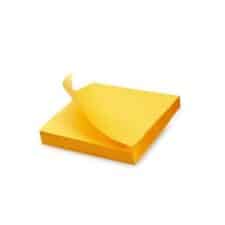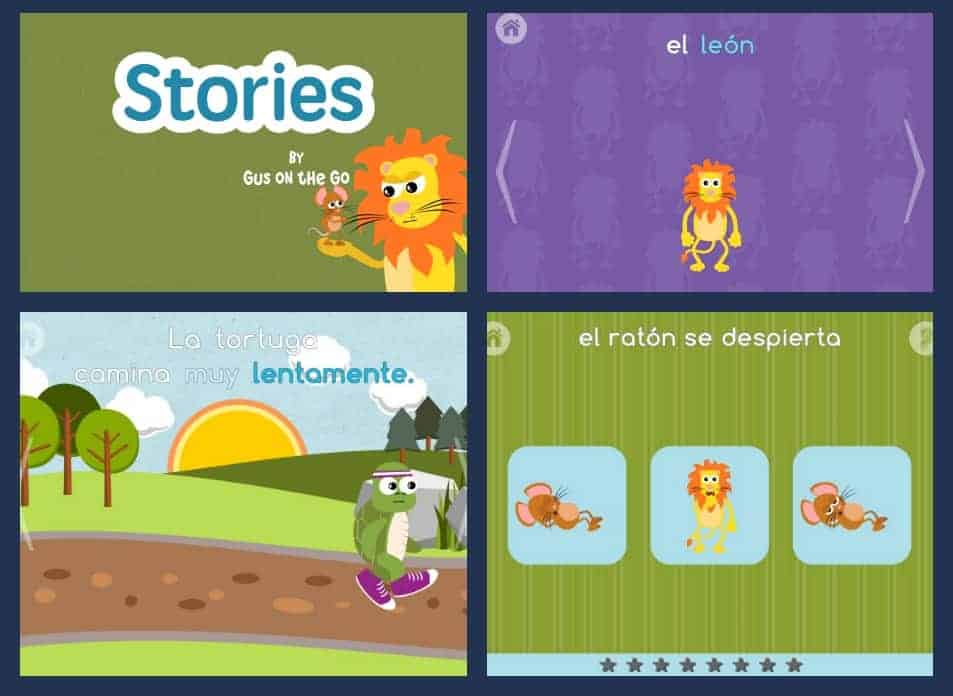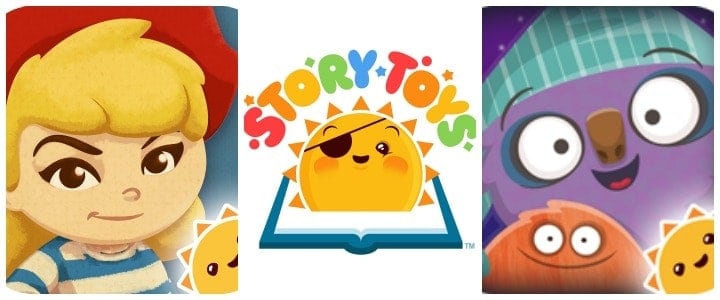Thinking Strategies in Reading Comprehension
This post may contain affiliate links.
Kids need to be taught what good readers do. Believe it or not, it’s not intuitive. This means we must teach kids reading comprehension strategies.
One of the best things you can teach a child is to think about their thinking, or to be metacognitive, and to purposefully use strategies when reading. (P.S. Check out this amazing lesson on metacognition from Diane Dahl!)
I graduated from a teacher’s certification program and began teaching without the first clue about how to teach children reading – particularly in the intermediate grades where I worked (5th grade). My teammate wrote a grant for Lori Conrad from P.E.B.C. to work with us weekly, and thanks to Lori, I finally began a journey that’s lasted my career — to teach children to be thoughtful learners, to notice their own thinking, to explicitly model, and to teach reading comprehension strategies. (And I was lucky enough to begin working for PEBC as a staff developer for many years!)
Reading Comprehension Strategies

Here are the (thinking and) reading comprehension strategies
*from P.E.B.C.’s best practices research
■ monitor meaning
■ activate, use and build background knowledge (schema)
■ ask questions
■ draw inferences
■ determine what is important in text
■ create sensory images
■ synthesize information
■ problem-solve and repair meaning when meaning is interrupted
In school, these are best taught in a workshop approach where first, the teacher teaches and models the strategy, two, the students apply and practice the strategy for a sustained period of time, and three the students and teacher gather to reflect and share.
Read more about what a school’s reading workshop instruction should look like.
WATCH this video from a classroom working on making connections. Here’s a good video about making predictions – I really like how the teacher shares her thinking out loud for her students to hear = modeling.
At home, learn the thinking strategies. Now, you can ask questions to determine where your child is with each particular strategy. Notice where your child might need more help. Can he create a mental picture? Can he infer? Can he connect to other books?
When you’re helping your child with a strategy, I recommend you do the following:
Model
To start, show your child what good readers do. In other words, you must say what reading comprehension strategy you’re using inside your head. If you want to work on the strategy of asking questions, you’ll want to be showing how many questions a good reader asks naturally . . . during the day, driving the car, taking a walk, and reading a book. (Read more about this at Kleinspiration.com where I’ve written about making connections.)
Practice
Give your child a stack of sticky notes to keep track of instances in her reading where she used a reading comprehension strategy such as asks a question.
Share
Decide on when you and your child will share BOTH of your sticky notes. You do it too, please! Show your child that you’re a reader and you’ll do what you’re asking your child to do.
And, don’t sticky notes make everything fun!? Just don’t overdo it so it becomes distracting.
Encouraging children to be conscious about their thinking is essential to comprehension.
Books to Read
Best Practice Today’s Standards for Teaching and Learning in America’s Schools. Daniels, H., A. Hyde and M. Bizar.
Reading Essentials: The Specifics You Need to Teach Reading Well. Routman,R.
The Art of Teaching Reading. Calkins, L.
Mosaic of Thought. Keene, E. and S. Zimmerman
Reading with Meaning. Miller, Debbie
The Comprehension Tool Kit by Stephanie Harvey and Anne Goudvis
I Read It, but I Don’t Get It: Comprehension Strategies for Adolescent Readers by Chris Tovani
Questions for YOU:
What books do you like to read to your children when you are practicing each strategy?
Reading and Thinking Strategies
making connections (to your own life, to other books, to the world)
asking questions
making inferences (even about what words mean)
determining what’s important vs. what’s interesting
creating mind movies / sensory images
synthesizing
ALSO READ:
Reading Comprehension Strategies
Does your child comprehend what he reads?







Thanks for these fab tips!
I plan on using this advice in my own read aloud sessions – I’m bookmarking this post, I need to take it aboard first.
There is so much depth to reading aloud!
Thanks
Read Aloud Dad
Our school uses the Junior Great Books series to help with critical thinking and help parent’s discuss meaning in stories. I really like this resource because it provides the kind of questions you mention above.
I really like the way Jr Great Books encourages children to dig deep and think critically!
My kids’ Kindergarten teacher also says to predict an ending, make up new ending, compare the story to something in your life, compare the story to another book like it, act out the story … it an endless list of discussion points.
You bring up a great point that reading is not enough … thanks, I needed that kick in the pants!
Mia
Okay, YOU? I read your blog, remember. I’m 100% sure that you’re Super Mom!
Love it, Melissa! You know how I feel about comprehension strategies! I have actually been quietly modeling them in read alouds with my children since they were in preschool. I feel they are never too young to learn. And, I love it when my son (who is now 8) will make an inference or a connection and I can point it out to him —
Thanks for all you do, Melissa! Fantastic post!